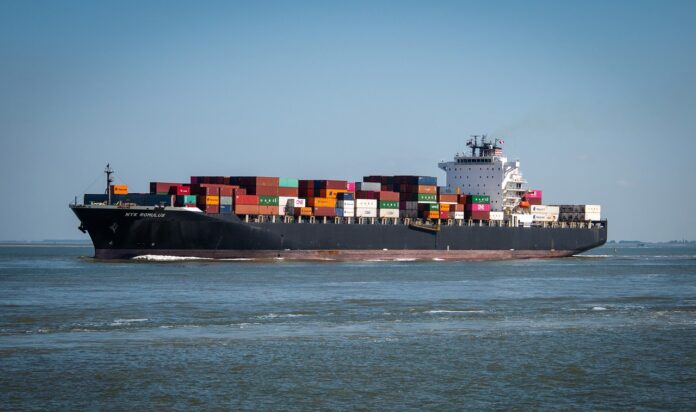Whether you’re moving bulk goods, containers, or specialized cargo, everything must stay in place until it reaches the unloading destination. Proper cargo securing methods protect shipments, safeguard the lives of people on board, and protect your business reputation.
The sea or ocean is not to be trifled with. Improperly secured cargo can become unstable during storms or strong winds, leading to disastrous accidents. Besides endangering the lives of your crew, you also risk financial setbacks from damaged goods, lost business, and legal headaches.
In today’s post, we’ll dive into practical strategies to tighten your cargo operations and minimize liability exposure. So stay tuned until the end!
Best Practices for Securing Cargo
Properly securing cargo is first about avoiding accidents, but it’s also your first defense against liability when something goes wrong. A well-secured load reduces the chances of damage or loss, strengthening your case if disputes arise.
A solid insurance policy is crucial, but coverage may falter without proof you met the required safety standards. Document everything – from inspections to securing methods – so there’s no doubt you followed regulations.
Otherwise, if something does happen (you are never 100% safe anywhere) and there is a fatal accident, the families will sue your company for negligence that resulted in the death of their loved ones. Even if the family is from a landlocked area like Oklahoma City, they still have access to reliable wrongful death legal services that can take you to the cleaners.
If you can’t prove your cargo was correctly secured and that all inspections have been performed, they have the right to compensation.
Stowage and Securing Methods
Human error and equipment failure are the leading causes of port accidents. This is why you need to double-check everything.
Here are a few tips to make sure your containers stay put from point A to point B:
- Use Reliable Lashing Tools – High-quality lashing gear ensures cargo stays secured even in rough conditions. Inspect equipment regularly to avoid failures.
- Distribute the Cargo Evenly – Balance loads across the vessel to maintain stability, preventing capsizing or shifting during transit.
- Ensure Packaging Integrity – Durable packaging protects goods from damage. Always verify containers for defects, leaks, or compromised seals before loading.
Additionally, you need to worry about more than just containers. You also need to hold regular safety training sessions to keep your staff up to date and remind them why every step is important when securing cargo.
Safety training has to equip crew members with the knowledge to handle emergencies, operate equipment correctly, and follow safety protocols. Regular drills reinforce readiness, while updated training allows them to adapt to new technologies or regulations.
Check Containers’ Integrity
It’s crucial to inspect and maintain containers regularly to identify wear, leaks, or structural issues. Pack goods securely with proper materials and always declare cargo accurately to comply with regulations and prevent handling errors during transit.
Safe containers mean safer voyages!
Wrap Up
When you prioritize cargo and crew safety, you protect the lives of the employees but also prevent costly damage to your reputation. Every step taken toward safety safeguards the journey’s success and builds trust in shipping reliability. Safety is always worth the effort!







